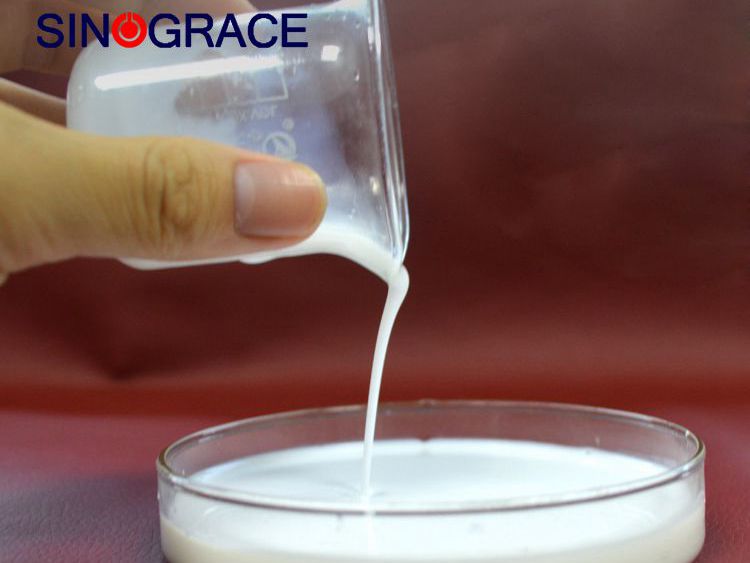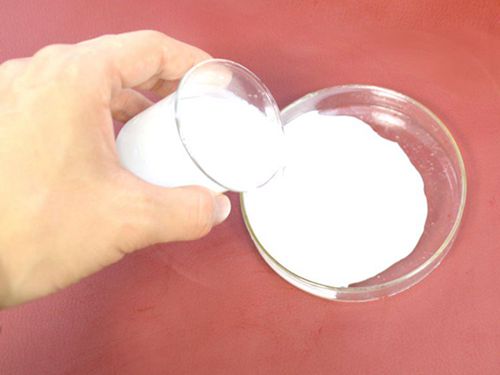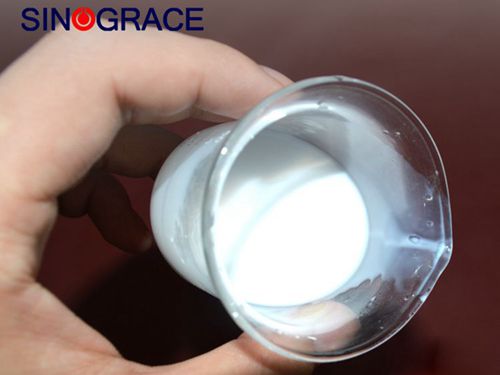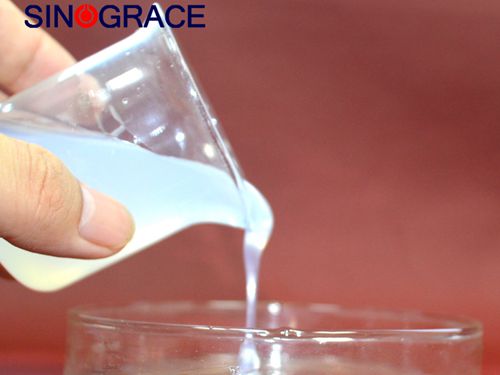Coating matting and matting agent types
One, extinction principle General can be divided into physical extinction and chemical extinction.Physical matting, is the addition of matting agent, so that the coating in the film when the uneven surface, reduce reflection and achieve low gloss. Two, the kind of matting agent Coating common matting agent can be divided into organic matting agent and inorganic matting agent two categories. 1.Organic matting agent Metal soap was a matting agent commonly used in early times, mainly some metal stearates, such as aluminum stearate, calcium stearate and magnesium stearate.Among them, aluminum stearate is used most.The extinction principle of metal soap is based on its incompatibility with coating components, suspended in the coating, film formation is distributed on the surface of the film, resulting in micro roughness, reduce the reflection of the film surface light to achieve extinction purposes.The disadvantage is that the polarity of the water-based resin is too different, it is difficult to disperse in the water-based system. Wax is an earlier and more widely used matting agent, coating film with the solvent volatilization, wax precipitation, with fine grains suspended in the film surface, resulting in increased scattering and matting effect.Wax as a matting agent is characterized by easy to use, and the film has a good handle and resistance to water, moisture and heat.However, the formation of wax layer will also prevent the solvent volatilization and oxygen infiltration, affecting the drying and coating film.At the same time in the water-borne resin dispersion is poor, poor compatibility, easy to demulsify or gel. Tung oil can also be used as a matting agent in the paint, the main use of tung oil in the high reactivity of the conjugate double bond, contact paint film of different medium surface: substrate and air oxidation crosslinking speed is different, so that the film surface become uneven and achieve matting effect. 2.Inorganic matting agent Diatomaceous earth, kaolinite, talcum powder and silicon dioxide are the functional fine materials used as extinction agent.When the film is dry, their tiny particles will form a micro-rough surface on the film surface, reducing the reflection of light to obtain a matte appearance.The matting effect of this kind of matting agent is restricted by many factors, the disadvantage is that the addition of matting agent reduces the coating's water resistance and alcohol resistance, the transparency of the varnish has a greater impact, can not be a good display of the surface texture of the coated object.
read more

 English
English français
français русский
русский español
español العربية
العربية








